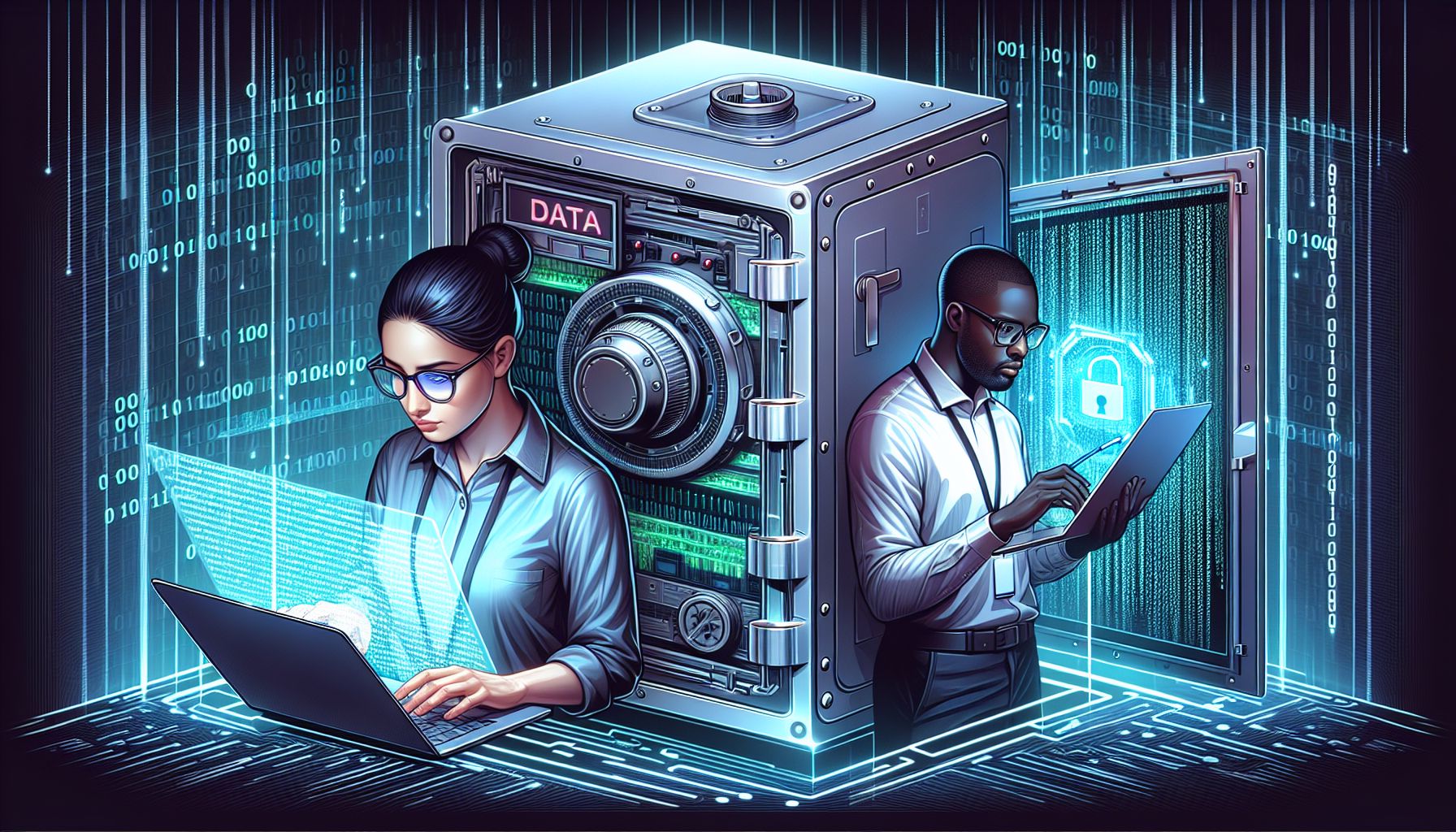In today’s digital age, where almost everything is connected to the internet, cyber security has become more important than ever. As technical professionals, you may already be familiar with the basics of cyber security, but it’s always important to stay up-to-date with the latest trends and best practices to protect your data and systems from cyber threats.
Introduction to Cyber Security
Cyber security refers to the practice of protecting systems, networks, and data from digital attacks. These attacks can come in various forms, such as malware, phishing, ransomware, and denial-of-service attacks. The goal of cyber security is to prevent unauthorized access to sensitive information and ensure the confidentiality, integrity, and availability of data.
Best Practices for Cyber Security
There are several best practices that technical professionals can implement to enhance their cyber security posture:
-
Keep software up-to-date: It’s important to regularly update your software, including operating systems, applications, and antivirus programs, to patch known vulnerabilities and protect against the latest threats.
-
Use strong passwords: Avoid using easily guessable passwords and consider using password managers to securely store and manage your passwords.
-
Enable multi-factor authentication: Implementing multi-factor authentication adds an extra layer of security by requiring users to provide two or more credentials to access a system.
-
Encrypt sensitive data: Encrypting sensitive data both in transit and at rest can help protect it from unauthorized access in case of a data breach.
-
Conduct regular security audits: Regularly assess your systems and networks for potential vulnerabilities and implement security controls to mitigate risks.
Emerging Trends in Cyber Security
As cyber threats continue to evolve, it’s important for technical professionals to stay informed about the latest trends in cyber security. Some emerging trends to watch out for include:
-
Artificial intelligence and machine learning: AI and ML technologies are being increasingly used to enhance cyber security, such as detecting and responding to threats in real-time.
-
Internet of Things (IoT) security: With the proliferation of IoT devices, securing these devices and the networks they connect to has become a major concern for organizations.
-
Cloud security: As more organizations move their data and applications to the cloud, ensuring the security of cloud environments has become a top priority.
Conclusion
Cyber security is a complex and ever-changing field, but by following best practices and staying informed about the latest trends, technical professionals can effectively protect their data and systems from cyber threats. Remember, cyber security is everyone’s responsibility, and staying vigilant is key to defending against cyber attacks. So, keep your data safe and stay cyber secure!


